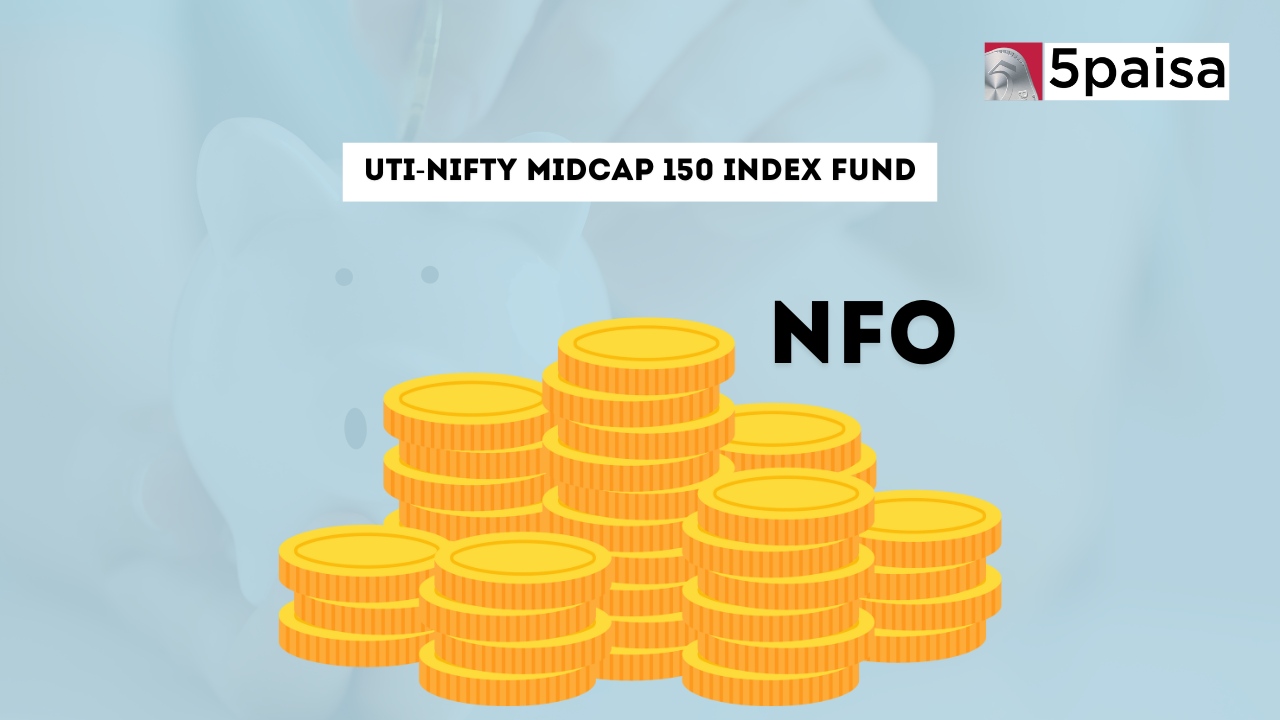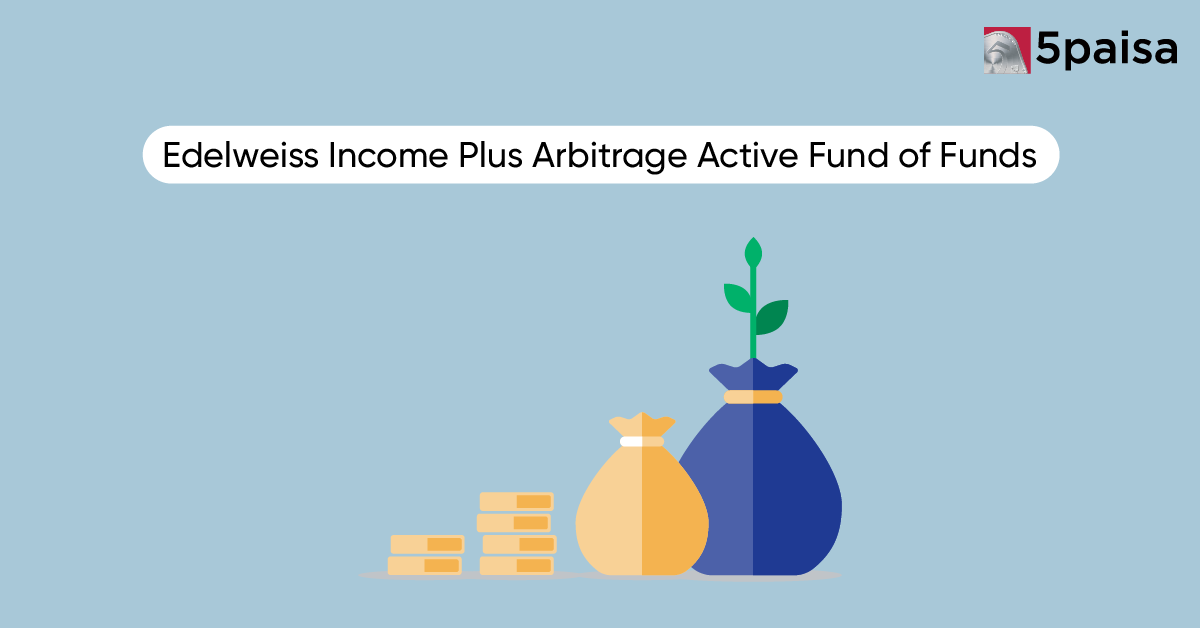Edelweiss Income Plus Arbitrage Active FOF: Smart Hybrid Approach for Balanced Returns
UTI-Nifty Alpha Low-Volatility 30 Index Fund - Direct (G): NFO Details

The UTI Nifty Alpha Low-Volatility 30 Index Fund is a passively managed index fund designed to track the performance of the Nifty Alpha Low-Volatility 30 Index. The fund's objective is to mirror the total returns of this index while minimizing tracking error, thus offering investors a low-cost approach to gain exposure to a diversified mix of stocks within the index. The fund invests primarily in securities within the underlying index, with potential allocations to money market instruments and derivatives for managing liquidity and reducing tracking error.
Details of the NFO: UTI-Nifty Alpha Low-Volatility 30 Index Fund - Direct (G)
| NFO Details | Description |
| Fund Name | UTI-Nifty Alpha Low-Volatility 30 Index Fund - Direct (G) |
| Fund Type | Open Ended |
| Category | Other Scheme - Index Fund |
| NFO Open Date | 11-November-24 |
| NFO End Date | 25-November-24 |
| Minimum Investment Amt | ₹1000/- and multiple of 1/- amount thereafter |
| Entry Load | -Nil- |
| Exit Load | -Nil- |
| Fund Manager | Mr. Sharwan Kumar Goyal, Mr. Ayush Jain |
| Benchmark | Nifty Alpha Low-Volatility 30 |
Investment Objective and Strategy
Objective:
The Scheme aims to deliver returns that, before expenses, closely match the total return of the securities in the underlying index, adjusted for any tracking error. However, achieving the investment objective cannot be guaranteed or assured.
Investment Strategy:
UTI-Nifty Alpha Low-Volatility 30 Index Fund - Direct (G) adopts a straightforward, passive investment strategy by aligning its portfolio with the Nifty Alpha Low-Volatility 30 Index. The fund manager ensures that the fund’s holdings reflect the composition and weightings of the index as closely as possible. This alignment helps reduce tracking error, making it easier for investors to achieve returns similar to the index itself. If index components are temporarily unavailable or insufficient, the fund may take short-term positions in equity derivatives to maintain the portfolio balance.
Passive Tracking: The fund passively tracks the Nifty Alpha Low-Volatility 30 Index, aligning its investments with the composition and weightings of the index.
Low Tracking Error: Through regular rebalancing, the fund aims to minimize tracking error and closely mirror the index's performance.
Equity Derivatives for Short-Term Needs: When index stocks are temporarily unavailable or during index rebalancing, the fund may use equity derivatives to maintain balance.
Liquidity Management: A portion of the fund may be allocated to debt and money market instruments to meet liquidity needs, ensuring smooth management of cash inflows and redemptions.
Hedging and Portfolio Balancing: Derivatives are used mainly for hedging and balancing purposes, keeping risk exposure aligned with the index.
Strength and Risks - UTI-Nifty Alpha Low-Volatility 30 Index Fund - Direct (G)
Strengths:
UTI-Nifty Alpha Low-Volatility 30 Index Fund - Direct (G) has a few key strengths that makes it an attractive option for investors:
Cost-Effective: As a passive index fund, it operates with lower management fees compared to actively managed funds, making it a cost-effective choice for investors.
Diversified Exposure: The fund provides diversified exposure to high-performing, low-volatility stocks, as represented by the Nifty Alpha Low-Volatility 30 Index, which reduces the risk associated with individual stock volatility.
Consistent Rebalancing: Regular rebalancing ensures that the portfolio remains in line with the index’s composition, offering consistency in returns similar to the index’s performance.
Reduced Portfolio Concentration Risk: Following the index’s weightings helps mitigate the risk of overexposure to any one stock, thus spreading the risk across all constituents.
Risks:
UTI-Nifty Alpha Low-Volatility 30 Index Fund - Direct (G) also has certain risks associated with it that investors should be aware of:
Tracking Error: Since the fund aims to match the index, various factors such as fees, corporate actions, and market liquidity can lead to deviations in performance from the index, known as tracking error.
Market Volatility: The fund is exposed to market risks, meaning fluctuations in the underlying index will directly affect the fund’s Net Asset Value (NAV).
Liquidity Constraints: At times, limited trading volumes or settlement delays in specific securities can restrict liquidity, potentially impacting the fund’s ability to meet redemptions.
Use of Derivatives: While derivatives are used minimally, they still introduce a level of risk. The fund’s exposure to derivatives may lead to tracking differences if not effectively managed.
Regulatory and Policy Risks: Changes in SEBI regulations, government policies, and other market-related factors can impact the fund’s performance.
Why Invest in the UTI Nifty Alpha Low-Volatility 30 Index Fund - Direct (G)?
The UTI Nifty Alpha Low-Volatility 30 Index Fund is a suitable option for investors looking for long-term growth with lower volatility. By passively tracking the Nifty Alpha Low-Volatility 30 Index, the fund offers a diversified portfolio of high-quality stocks that have demonstrated strong performance with reduced price fluctuations.
Before investing in the UTI Nifty Alpha Low-Volatility 30 Index Fund - Direct (G), investors should carefully evaluate the associated risks, ensuring the fund aligns with their financial goals, risk tolerance, and investment timeline. It's important to confirm that this investment complements their overall strategy and fits within their risk profile to support their long-term financial objectives.
- Zero Commission
- Curated Fund Lists
- 1,300+ Direct Funds
- Start SIP with Ease
Trending on 5paisa
01
 5paisa Capital Ltd
5paisa Capital Ltd
Mutual Funds Related Articles
Disclaimer: Investment in securities market are subject to market risks, read all the related documents carefully before investing. For detailed disclaimer please Click here.





